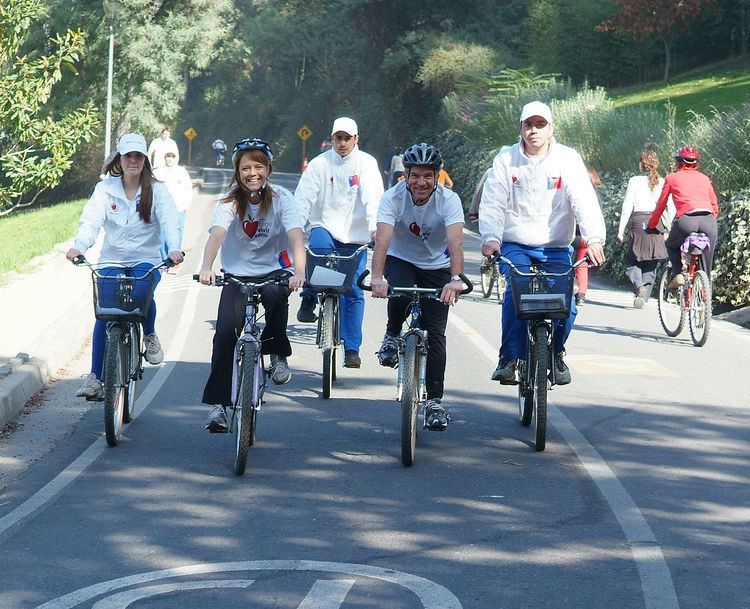 | ||
A single-track vehicle is a vehicle that leaves a single ground track as it moves forward. Single-track vehicles usually have little or no lateral stability when stationary but develop it when moving forward or controlled. In the case of wheeled vehicles, the front and rear wheel usually follow slightly different paths when turning or when out of alignment.
Contents
Single-track vehicles have unique dynamics that, in the case of wheeled vehicles, are discussed at length in bicycle and motorcycle dynamics, that usually require leaning into a turn, and that usually include countersteering. Single-track vehicles can roll on wheels, slide, float, or hydroplane.
Wheeled
Sliding
Intermittent contact
Hydroplaning
Approximately single-track
A vehicle is approximately single-track when the axle track is small enough with respect to the center of mass height to require leaning into a turn. Countersteering may or may not be required.
